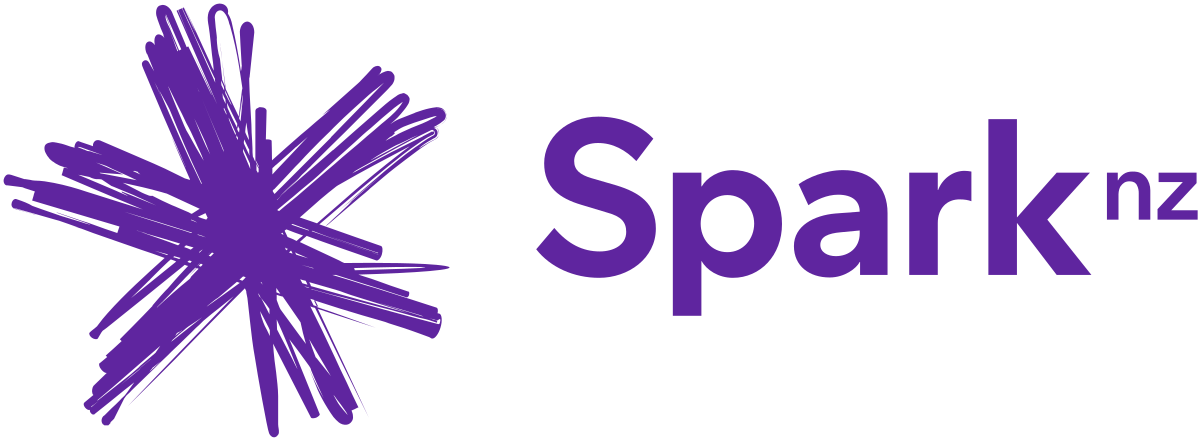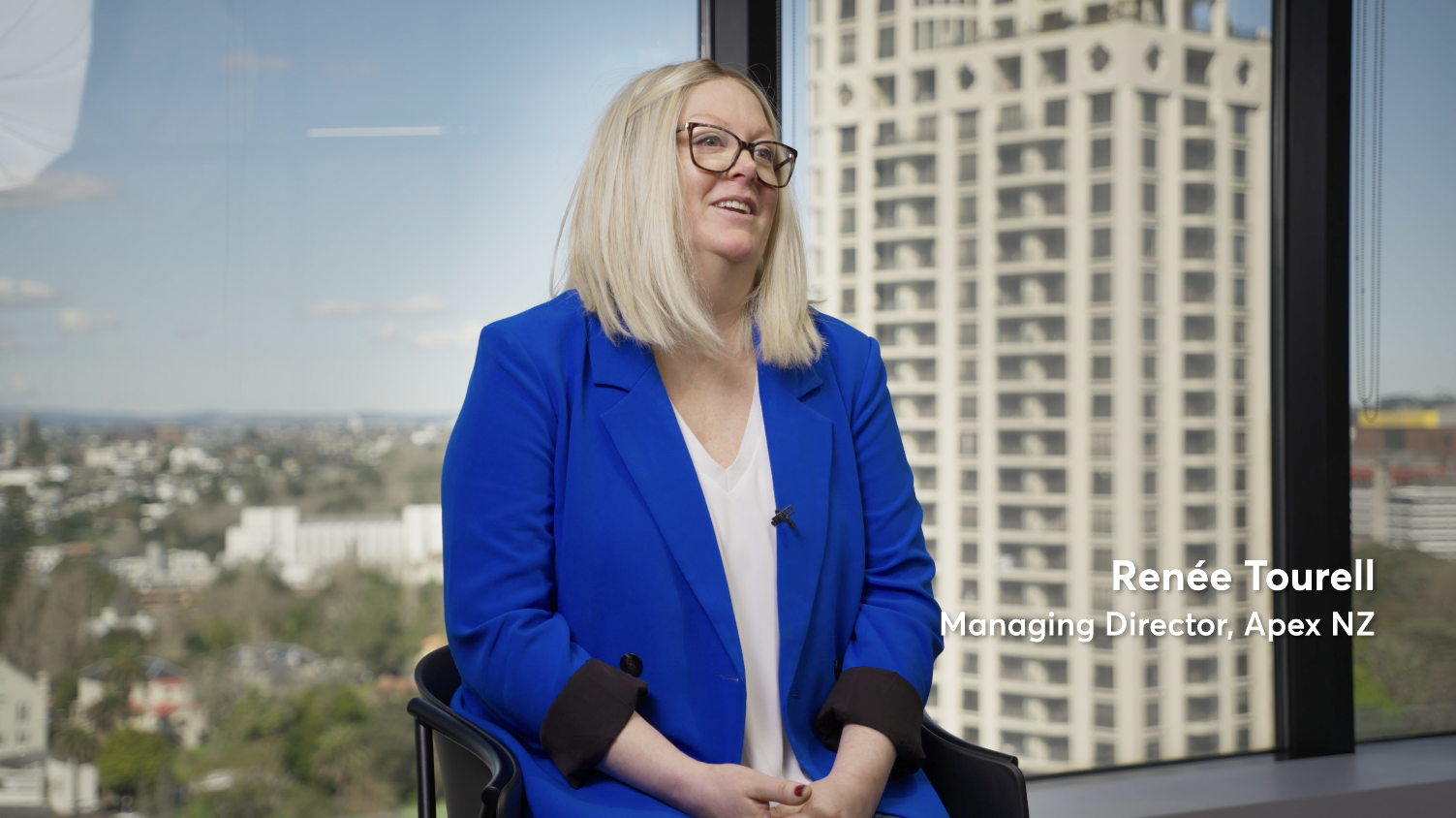Transforming mission critical data processing for Apex NZ

-
case study
Apex New Zealand
From 7 hours to 7 minutes
A leading provider of investment administration services, Apex NZ partnered with Qrious to transition to a cutting-edge data platform, accelerating and future-proofing the delivery of annual tax reports.
By making the bold decision to leave their legacy platform behind and transition to a modern data platform designed by Qrious, Apex NZ is now reaching new heights of efficiency and data management. They can now produce complex tax reporting for over 1 million investors, 60 times faster, and can scale to 10 million investors with speed, accuracy and confidence.
Key outcomes for Apex NZ
Faster
Data processing for tax reports
Investors
Managed effectively and efficiently
Investor capacity
for the future
"I'm really happy with Qrious' contribution, their guidance and their expertise. They've definitely pushed us forward and our team is stronger for it."
- Josh Arnold
Chief Product & Technology Officer
Apex NZ
The Challenge
Apex NZ was growing fast, thanks to their decade-long strategic investment in software. They progressively developed, improved and extended their platforms to support their operations, clients and their investors.
By 2022, they had really outgrown the reporting solution they had developed in-house. Things that worked perfectly fine when they had 30,000 investors were struggling when they reached 300,000 — and as 1 million approached, the need to change was obvious.
According to Josh Arnold, Apex NZ’s Chief Product & Technology Officer, “We understood very well that what got us here won’t get us to where we want to be.”
One of the biggest crunch times for the whole Apex NZ business is the annual year-end tax reports. Tax reporting is complex, pulling in vast amounts of data and performing a massive number of complex calculations. With their old data platform, long hours and manual workarounds were only just holding the process together. It was painful and took a toll on the Apex NZ team. “We got through the previous tax year end and everyone looked at each other and said, ‘Let's not do that again’,” says Arnold.
Apex needed something scalable and efficient that could securely share data with clients; manage the sheer volume of data with ease; and develop and scale with the business. With 12 months to turn around a new solution, Apex NZ turned to Qrious, already a trusted partner, for advice and help to chart a way forward.
The Solution
Apex NZ needed a modern, cloud-based data architecture that could deliver massive scalability. They asked Qrious to recommend a solution that would combine wealth and fund administration analytical and reporting needs. We recommended a completely fresh approach, employing an entirely modern data platform using a Snowflake data warehouse solution, with DBT for modelling and transforms with FiveTran for ingesting data.
“Qrious’ response was refreshing,” says Arnold. “Instead of sticking with the status quo and saying, ‘you're already using this technology, so just use more of it or tweak it’, they came at it completely fresh.”
Tax reporting provided the perfect opportunity to demonstrate the immediate benefit of the new technology to the business. Intensive testing and optimisation took part as data was migrated to the new platform, to build confidence in the transition. With security and privacy a key factor, we team completed a data and privacy impact assessment up front, to ensure that the Data Platform design, development and operation and improvement would address any security and privacy concerns.
Over several intense months, Qrious worked closely with the Apex NZ in-house data squad to procure and stand up the platform. We then worked to slice up and translate the hugely complex SSRS tax report over to DBT Cloud, using Fivetran to extract and load the data into Snowflake. The finishing touch was PowerBI, which was used to analyse and validate the output, replacing a set of macros that the team used to use for this.
With that done, Apex NZ was ready to run its tax year-end reports — at 60 times their previous speed, without the awkward workarounds and heavy pressure on their people.
The Results
Module Title
Latest Case Studies
We’re in it together







Let’s start talking
If you’re ready to tap into the power of data, analytics and AI, we're ready to help. The first step is understanding what you need, so let’s start that conversation.











